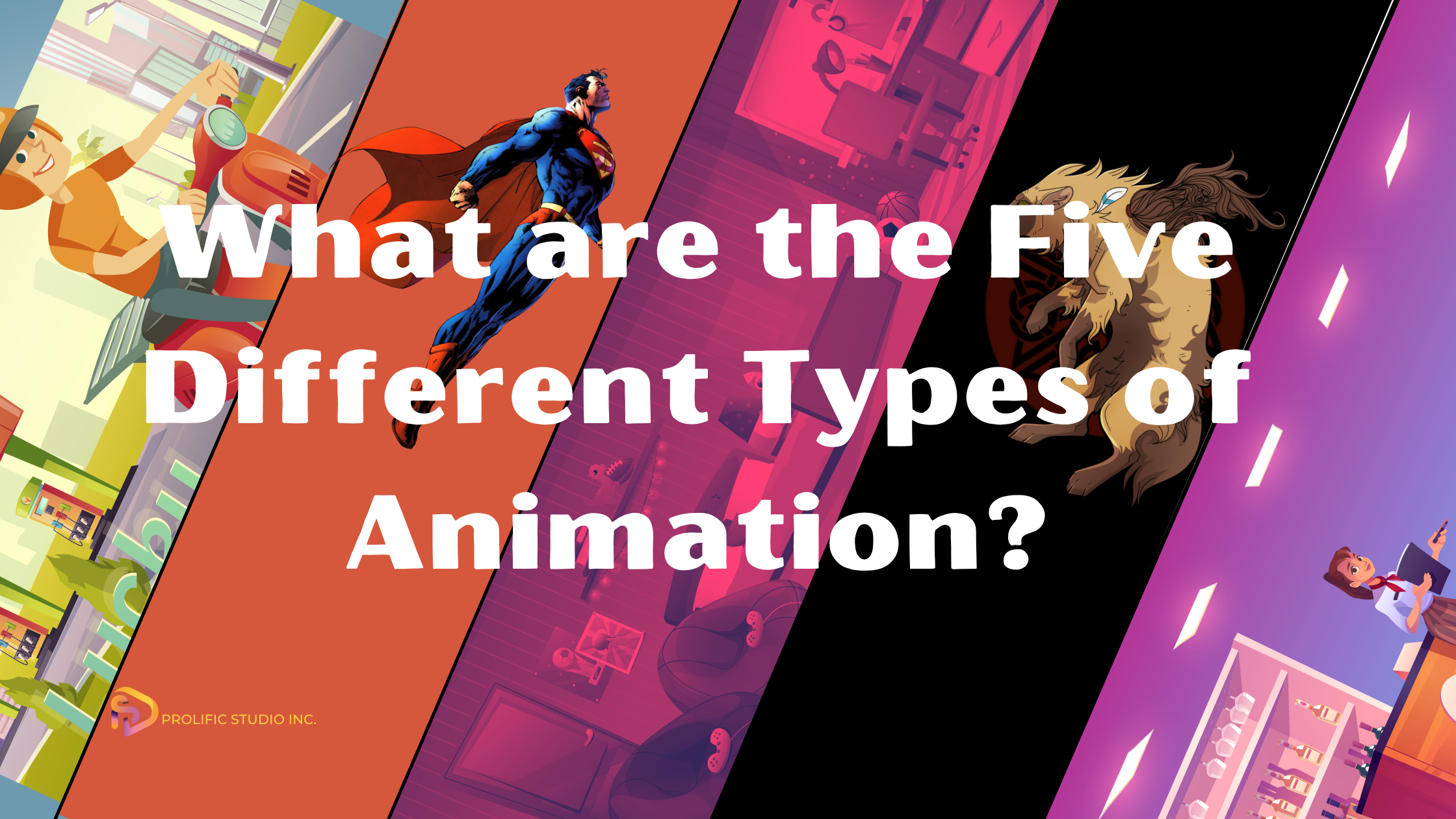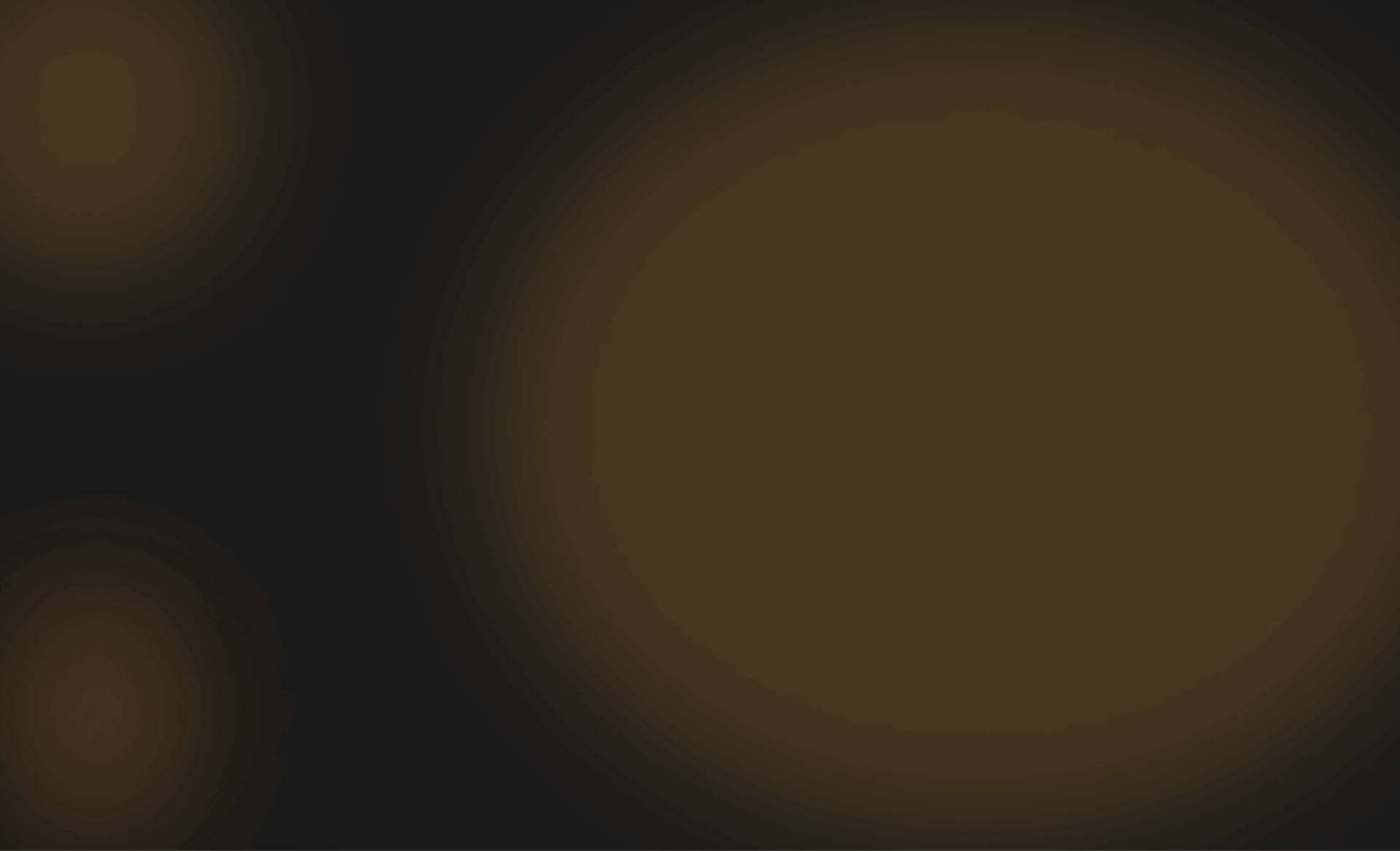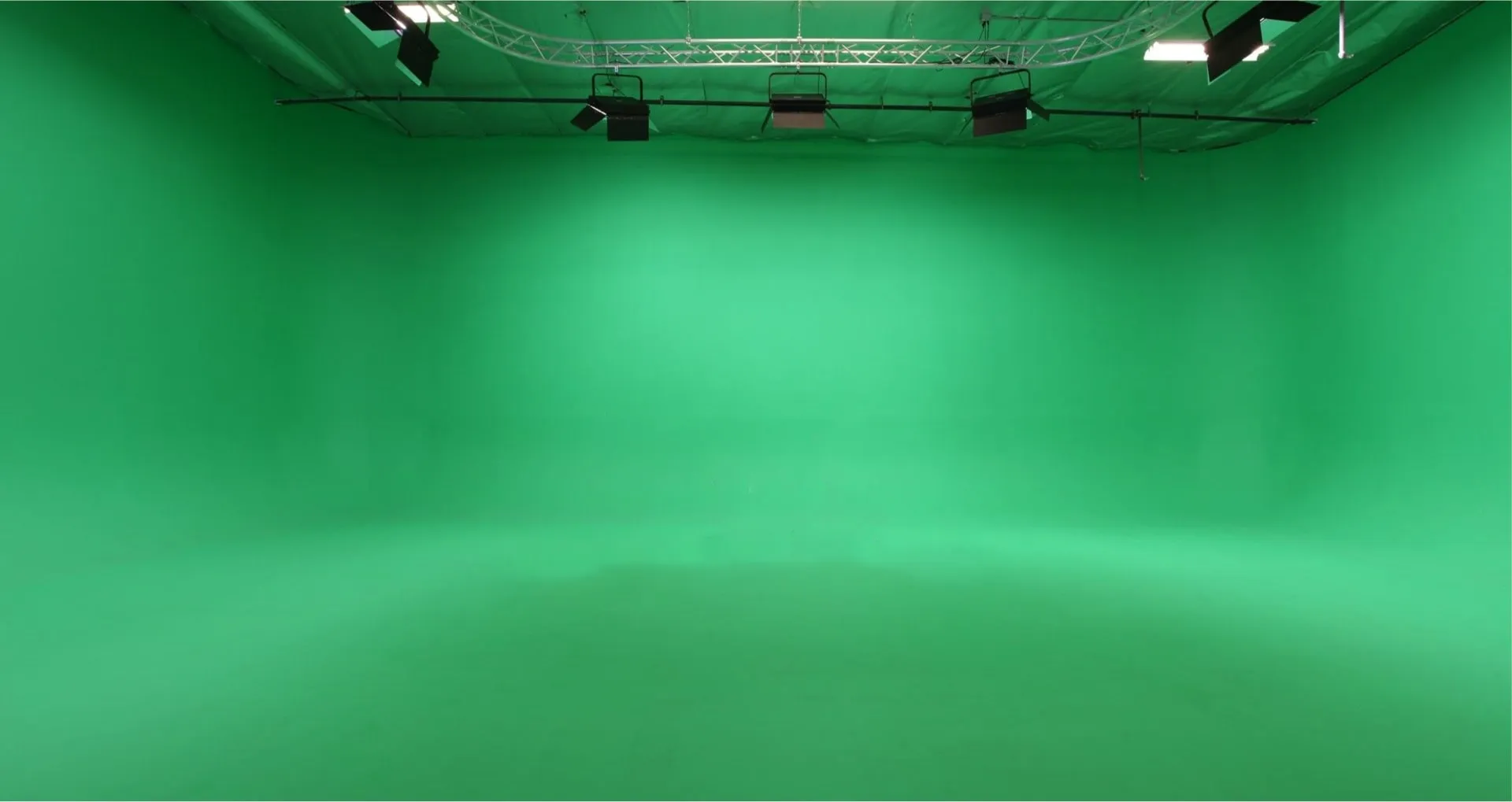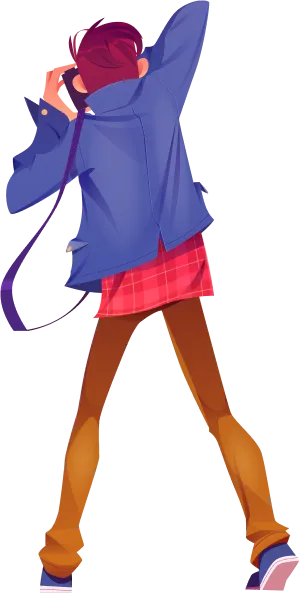
Animations can be a great way to bring your website to life. But here’s the million-dollar question: what types of animations are there and how they can be best used in your business? There are many different animations, and different animations have their own set of benefits. In this blog post, we will discuss the different types of animations and not just that, but we will also cover some interesting facts about each type! So without further ado, let’s dig into what animation is & how it all works?
The Five Different Types of Animations
Traditional Animation
Traditional animation is a type of animation where each frame is drawn by hand. The term “traditional” refers not to the technique but to the fact that it was once done on paper with ink and paint. The following style gives you more control over your artistic vision as opposed to computer animation.
Here’s a fun fact about traditional animations, the first animations were actually brought about by a Catholic priest named Giovanni Batista Della Porta who is said to have discovered the technique back in 1584.
Well what he actually did was, he mixed water & oil paints to create a semi-transparent film. This technique allowed multiple sequential images to be painted on the same sheet of paper and then viewed through a peg-box which gave them movement. It is also interesting that his animations didn’t involve humans or animals – instead, they were all made up of faces and furniture!
Now isn’t that interesting?!
Two-dimensional (abbreviated as “two-D” or “toon”) animation is an optical illusion of motion due to the phenomenon of persistence of vision. In a scopic regime where pictures still come from a flat surface, movement is produced by displaying a sequence of slightly different images which are then perceived as moving images.
Two-dimensional animations can be hand-drawn or they can be computer-animated using frame animation techniques. The many layers and objects in each scene give an illusion of depth to the characters and scenery on one layer so that they appear to exist within their own environment.
Two-dimensional animations are often referred to as “cartoons” in the global sense of the word, but this term has developed a largely specific meaning in American English where it refers to animated features for mature audiences whereas everything else is called an “animated cartoon”.
Here’s another fun fact though – two-dimensional animations have been around for a lot longer than you may actually think! The first animations were pretty much just drawings on white backgrounds that seemed to move, but one of the earliest 2D animations dates back to Egyptian hieroglyphs from back in 3800 BC.
3D Animations
Three-dimensional animations are animations that have a third dimension in addition to the two dimensions of length and width. The most common technique for generating them is called polygonal modeling, which models objects as collections of vertices connected by triangular or rectangular faces that form an overall structure.
The first computer animations were simple wire-frame drawings with no textures or lighting effects. These animations were created by the computer itself, but they quickly evolved into having their own distinct style which was fully rendered with textures and shaders to produce very realistic images. Do you want to learn more on polygonal modeling, then check out this blog post?
Here’s another interesting fact on 3D animations for you!
It wasn’t until 1982 that a film called “Tron” came out and completely changed animations as we know it. The movie was made entirely using computerized special effects, but what’s more, is the fact that the entire story revolved around computers! It has 3D animations and special effects that were very amazing for the time and it’s widely considered to be one of the best animations ever created. It was also a commercial success, grossing over 20 million at the box office!
Motion Graphics
Motion graphics are animations that incorporate both motion and graphics, where the visuals are not only designed to stand alone but they’re also supposed to work in conjunction with a moving element.
This style of animation is usually created using computer software such as Adobe After Effects or The Foundry’s Nuke. Motion graphics animations are usually used for television, films or to convey information.
By the way, do you want to know an interesting fact about motion graphic animations? – in the late 1960s, animations were made using paper cut-outs in front of a light source! They would move around by about an inch each second and they looked so realistic that people didn’t realize it was all just drawings.
And here’s another fun fact – animator Max Fleischer invented rotoscoping which is used to trace over motion picture footage in order to produce realistic animations. This technique is often used in the production of animations today and can be found in many computer games such as “Prince of Persia”.
Stop Motion
Last but not the least, stop motion animations are animations that are created by physically manipulating real-world objects into different positions to create the illusion of movement.
Stop animations can be filmed frame-by-frame, or they can be captured using a stop motion camera. This technique requires taking pictures and moving an object slightly between each shot so that when played back at normal speed, the object appears to be moving.
These animations are then edited together and played back at a high speed which gives them their characteristic jerky movement. There are several examples of Stop Motion picture technique in films such as “The Nightmare Before Christmas”, “Coraline” and so many others.
Read Also: 5 Different Video Animations Which You Can Use to Promote Business
Concluding Thoughts
I hope you enjoyed reading this blog post as much as I enjoyed writing it! There are many other types of animations out there, but these are the most common ones that people use nowadays. The next time someone asks about what type of animation they should use or if something is a motion graphics animation or not then you’ll have the answer!
As far as what animations would work best for your business? That’s something you’ll need to figure out on your own. But make sure that whatever animations do go in, they match the overall theme of your website. Are you planning to use animation on your website? Prolific Studio is a video animation company which can offer you the best animation service.








